Sign up for our newsletter!
Your data will be handled in compliance with our privacy policy.
Your data will be handled in compliance with our privacy policy.
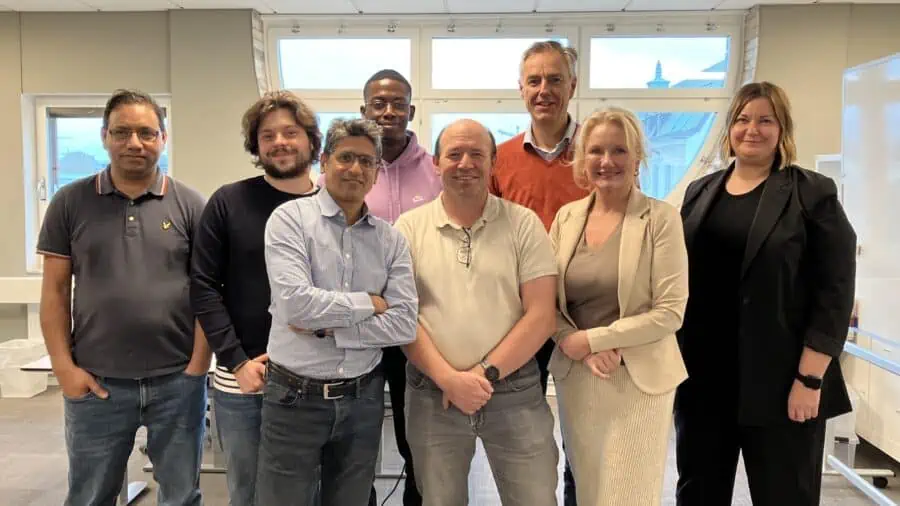
Smoltek Hydrogen and AGC Plasma Technology Solutions have finalized the design of a Prototype Coater for industrial growth of carbon nanofibers. The purpose with the tool is to verify that the nanofibers can be grown using a Plasma Enhanced Chemical Vapor Deposition (PECVD) technology from AGC. The technology is scalable and can be extended to be used for substrates of several square meters, for future mass production.

One of the world's largest vehicle manufacturers is testing custom-made prototypes of a cell material that can significantly reduce the amount of iridium in an electrolyzer cell. The custom-made prototypes delivered by the subsidiary Smoltek Hydrogen have the potential to reduce the iridium load in electrolyzer cells by 95% compared to today's commercial materials, which is a prerequisite for large-scale production of fossil-free hydrogen.

In this interview, Farzan Ghavanini, CTO at Smotek, talks about how Smoltek Semi has developed a new technology generation of our CNF-MIM capacitor technology. The new generation, called Gen-Zero, is the foundation for achieving the goal of manufacturing different types of capacitors with very high capacitance density – by enabling high volumetric capacitance density.
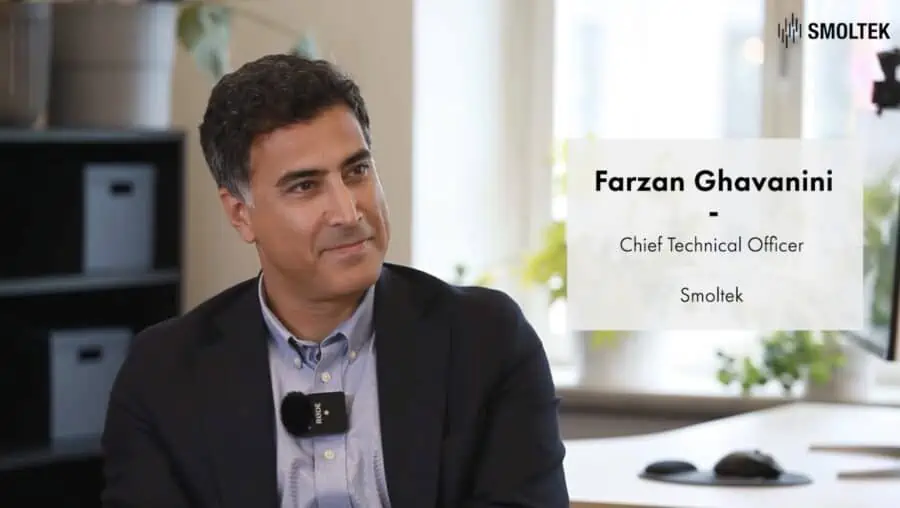
Smotek Semi has developed a new technology generation of our CNF-MIM capacitor technology. The new generation, called Gen-Zero, is the foundation for achieving the goal of manufacturing different types of capacitors with very high capacitance density – by enabling high volumetric capacitance density.

Smoltek Hydrogen has produced hydrogen, for 1,000 hours with a catalyst load of only 0.2 milligrams of iridium/cm2, without any breakdown of the nanostructure in the cell having occurred.
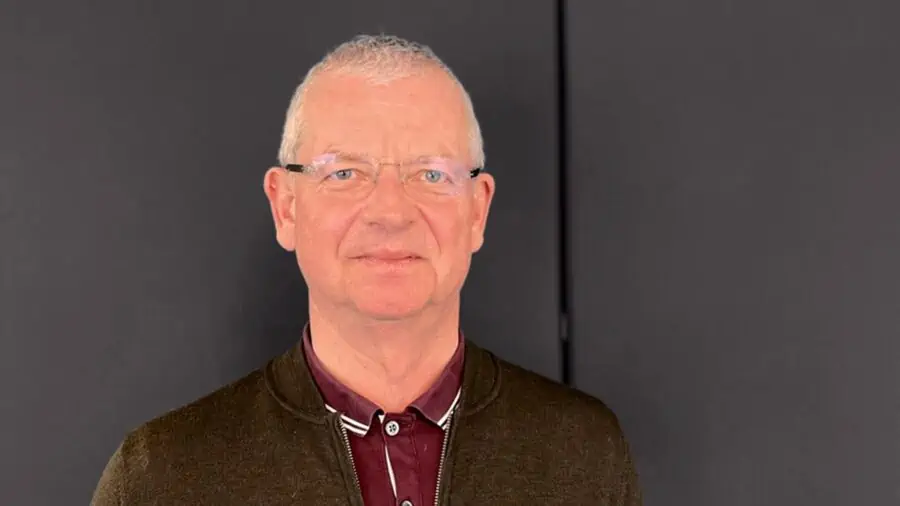
Smoltek and Yageo have collaborated for a long time to enter into an agreement regarding the further development and commercialization of capacitors based on Smoltek's CNF-MIM technology. In December both parties announced the intention to enter into a license and service agreement. However, yesterday Yageo choose not to sign the agreement.

Smoltek has been awarded two new patent grants in a patent family called Discrete CNF-MIM. The protected innovation discloses a discrete capacitor component based on our CNF-MIM technology. With these two patents, our IP portfolio will now comprise 89 granted patents.
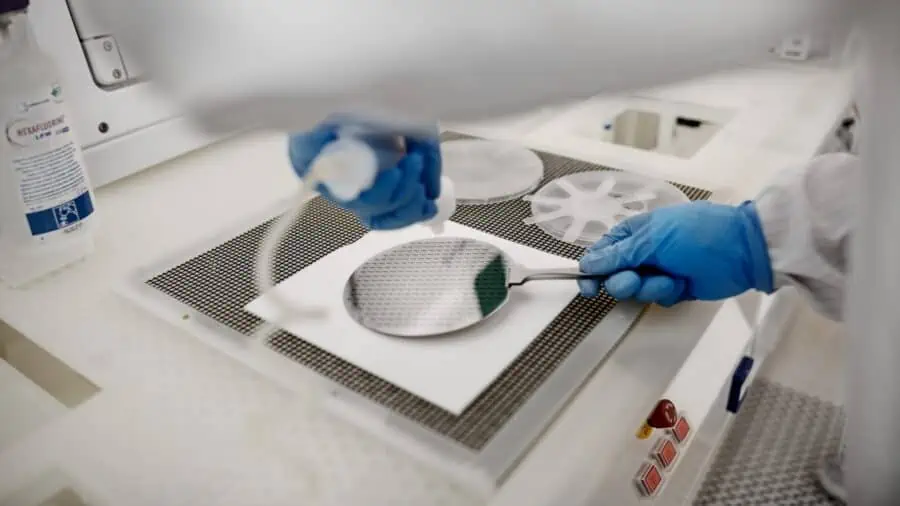
Smoltek has been awarded yet another patent in our patent family for Interposers, protecting solutions based on the CNF-MIM capacitor technology. The patent has been granted in Korea, bringing our patent portfolio to 84 granted patents globally.
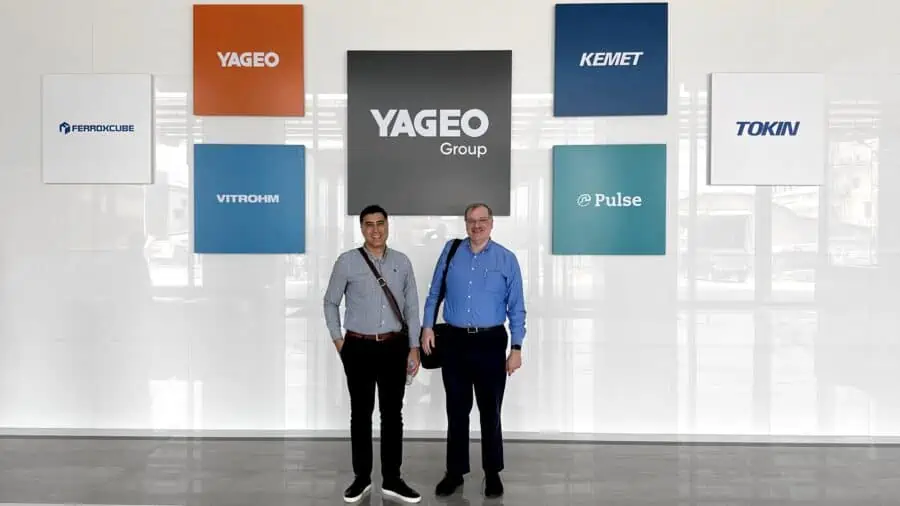
Smoltek has the intention to sign a global exclusive license and services agreement for discrete and embedded capacitors with YAGEO Group. This would grant YAGEO a global, exclusive right to manufacture and sell capacitor products based on Smoltek's patent protected technology platform for ultra-thin carbon nanofiber capacitors (CNF-MIM).

Smoltek Hydrogen has placed an order for the design and engineering of a Prototype Coater for industrial growth of carbon nanostructures. The purpose is to verify that the nanostructures can be grown using the equipment from AGC Plasma Technology Solutions that has been selected for future mass production – a Plasma Enhanced Chemical Vapor Deposition (PECVD) tool that can be configured for substrates of several square meters.
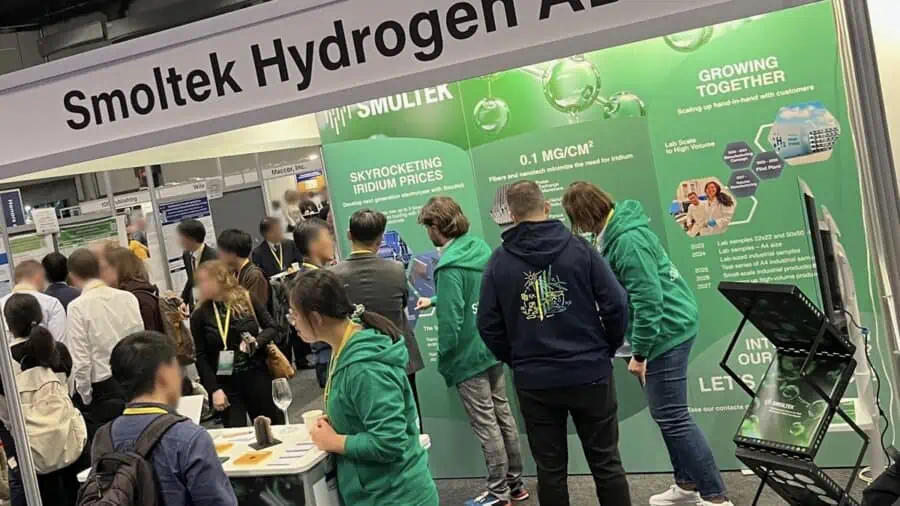
Smoltek Hydrogen attended the 244th ECS event in Gothenburg, October 8-12. This was a perfect venue to introduce our new material for electrolyzers to potential customers. The message was that now we are ready to engage in product development projects with electrolyzer companies.

Advanced nano- and microelectronics are at the core of tomorrow’s hardware engineering. At Smoltek we are pioneering carbon nanotechnology that enables manufacturing of the next-generation solutions for the semiconductor industry. Currently the focus is on a new type of carbon nanofiber-based capacitor that fits in the extremely miniaturized packaging architectures being developed by chip manufacturers.
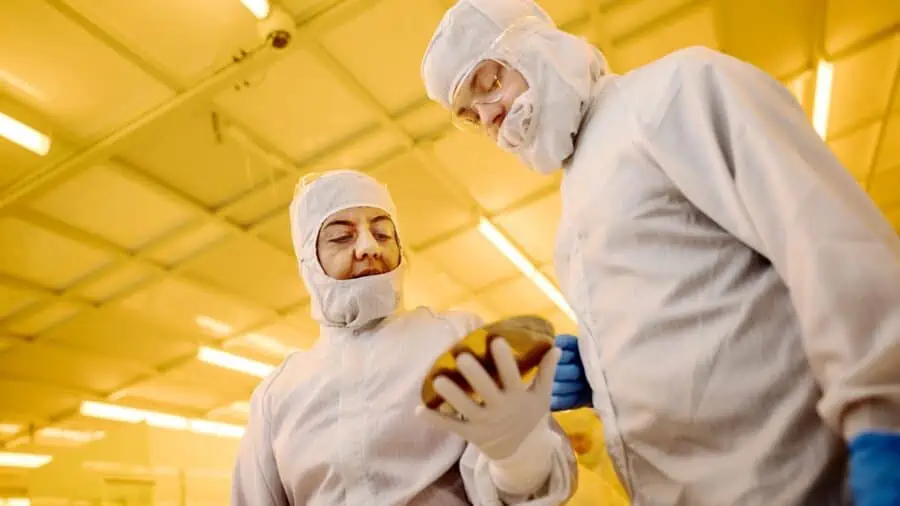
Smoltek Semi has developed a process for manufacturing of engineering samples in high volumes. This process will now be tested for production of CNF-MIM engineering samples in high volumes, as the first trial-run of capacitor prototypes (without the patent protected carbon nanofibers) was successful.
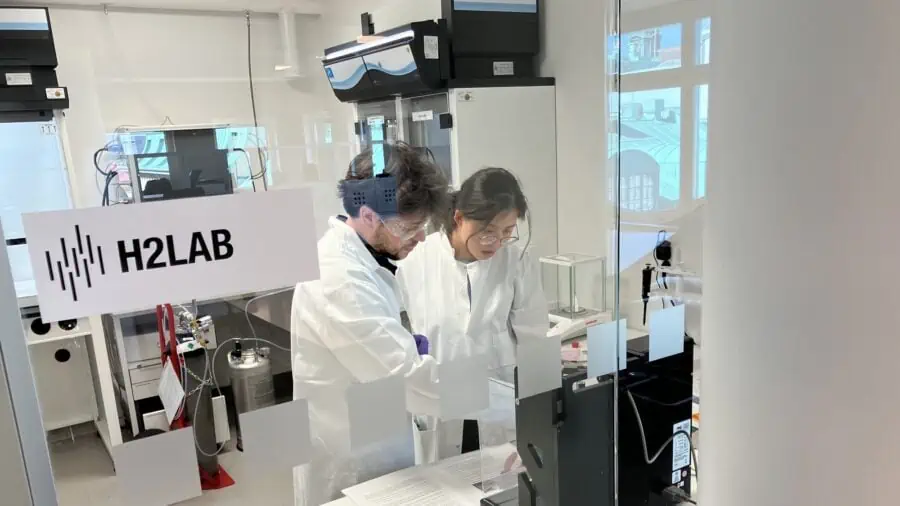
Efficient use of iridium can boost green hydrogen production in this decade and Smoltek Hydrogen wants to seize the opportunity by offering a nanostructured porous transport electrode that reduces cost and optimizes use of the critical anode catalyst in PEM electrolysis cells.

Smoltek has been awarded yet another patent in our patent family for Interposers, protecting solutions based on the CNF-MIM capacitor technology. The patent has been granted in India, bringing our patent portfolio to 82 granted patents globally.

Philip Lessner, CTO at YAGEO Group says in an interview that he and Yageo sees a lot of potential in Smotek's disruptive CNF-MIM capacitor technology for making capacitors in extremely small form factors.
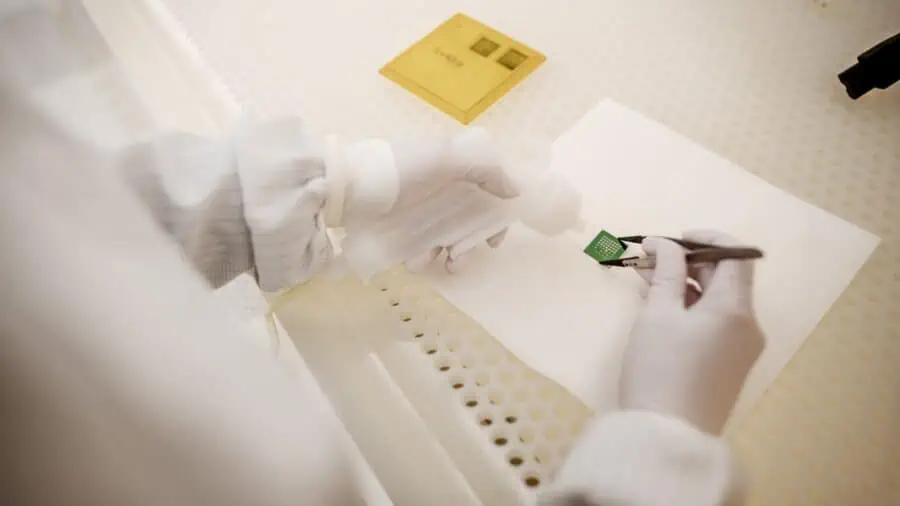
Smoltek has yet another patent granted. This time in India, and it is related to the Assembly platform patent family in the direction of interconnects. This also makes our patent portfolio to now comprise 81 granted patents.

We are pleased to announce that from today Sankar Sasidharan, PhD, has joined Smoltek, thanks to a prestigious industrial postdoc grant from WISE - Wallenberg Initiative for Sustainable Material Science.
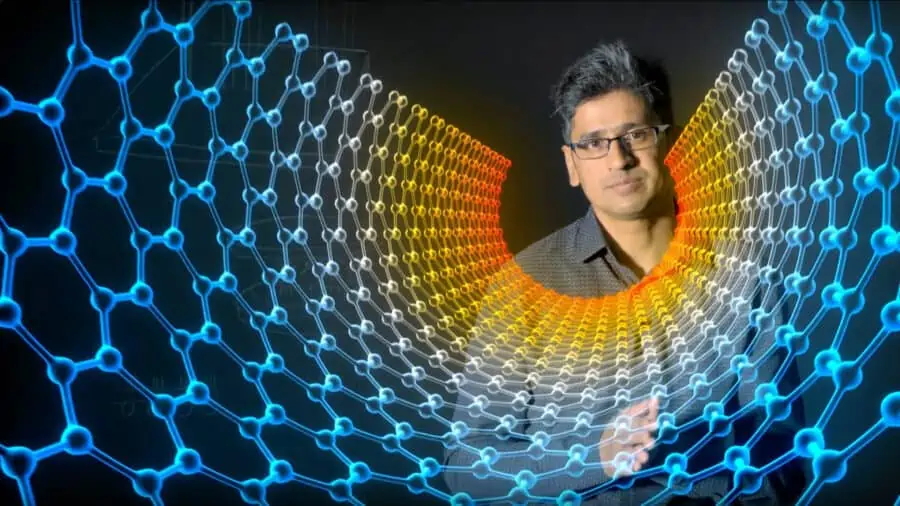
Smoltek can grow extremely thin carbon nanofibers in various three-dimensional structures that multiply the addressable surface that can be coated with different materials. By doing so, we enable the manufacturing of materials and components that make applications such as products, components and devices better – much thinner, more powerful, more energy-efficient and/or a lot cheaper to produce.

Håkan Persson, CEO of Smoltek explains the potential in Smotek's disruptive carbon nanofiber technology and what the company's strategy looks like for the commercialization of it. Both in terms of the development of ultra-thin capacitors for application processors and a new cell material for Electrolyzers.